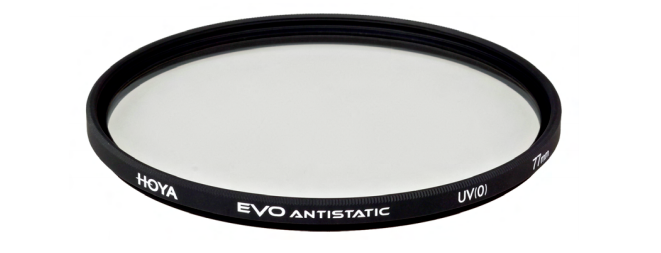New Gear: Hoya EVO Antistatic Filters Repel Dust and Dirt
New coatings also make them resistant to water and scratches

We may earn revenue from the products available on this page and participate in affiliate programs. Learn more ›
When it comes to filters, it’s actually the coatings on the outside of the glass that can make a huge difference in performance. Hoya‘s newest filters have some brand new coatings that they claim bring a few different improvements.
The filters are treated with antistatic material, which means it won’t hold onto dust and dirt like some filters do. If you’ve ever looked down at the front of your lens and found it a speckled wreck, you know how handy that could be if it’s as effective as they claim. It’s also resistant to water, stains, and scratches.
Second, they also claim that they have improved light transmission from 99.7% of light to 99.8%. The numbers make it sound a bit hilarious, but when it comes to letting in light, every little bit counts. They also claim to have 100% transmission at some wavelengths.
You can get the filters in Protector (a clear filter meant just for protection), UV, and circular polarizer in sizes from 37mm all the way up to 82mm.
